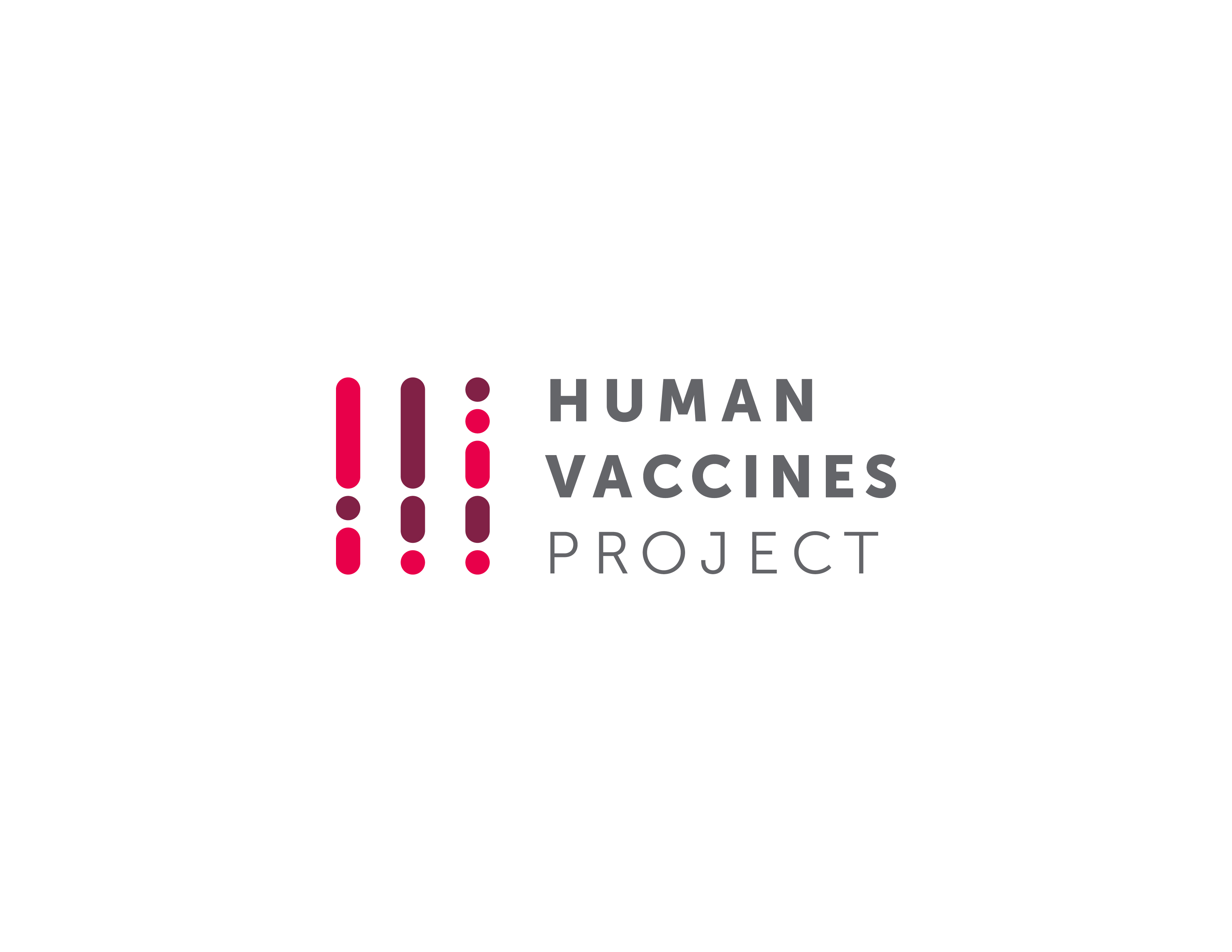By Theodore Schenkelberg and James E. Crowe, Jr. | Human Vaccines Project
Just as you never forget your first love, you—or rather, your immune system—will never forget your first flu.
But that first flu just might be why our flu vaccines, especially lately, don’t work as well as they should.
Almost everyone is exposed to influenza at a very young age, and this first infection likely has lifelong consequences. It sends the immune system down a path that skew immune responses to subsequent exposures to influenza—and to influenza vaccines—for the rest of a person's life. Scientists call this first exposure “imprinting.”
Influenza vaccines are notoriously imprecise, and imprinting looks to be one of the main reasons they don’t work as well as they should. Influenza vaccines must be concocted anew every season as the virus mutates from one year to the next. There is an increasing realization that early childhood imprinting might be at the root of the limited effectiveness of the annual flu vaccine.
Under current technologies, influenza vaccines protect between 10 and 60 percent of those vaccinated in any given year. These vaccines are critical for health, protecting some of us, reducing illness in others, and blunting the spread to groups mostly likely to die, such as young children and the very old.
But until these vaccines are better, many of us will suffer, maybe even die each year. As this season’s influenza virus barrels through the Northern Hemisphere, the CDC is projecting this season to be one of the worst influenza epidemics in years, with more than 50,000 people predicted to die in the U.S. alone.
As modestly effective as these vaccines are in regular influenza seasons, they're likely to be virtually impotent against a pandemic, or a global influenza outbreak driven by a novel virus. 2018 marks the centennial of the worst influenza pandemic in history, the 1918 flu, which killed nearly 100 million people worldwide. One hundred years later we have better medical tools, but the world is immensely more connected and the risk is even greater. In China, for example, a new avian flu virus called H7N9 has emerged that is killing 30 percent of the people that it infects. At present, it is not transmissible between humans, but that could change very quickly as the influenza virus continues to mutate.
What the world really needs is a universal vaccine that provides long-term protection across influenza strains in diverse populations around the world. There is a growing consensus among leading scientists that a greater understanding of the human immune responses to influenza is urgently needed to accelerate the development of a universal flu vaccine. One of the first mysteries to tackle is immunological imprinting.
A child's first exposure to the influenza virus sets off a cascade of events in the immune system that leads to the development of antibodies against that virus. The immune system retains a memory of its first immune response to influenza, and the next infection with a similar influenza virus calls up those same antibodies to hone in on the virus and eliminate it.
This works well with many viruses, such as smallpox, measles, or polio, and is the underpinning of vaccines for those infections. The problem with influenza is that the virus is continuously evolving: It is almost never exactly the same virus from one flu season to the next. But with each exposure to influenza, our immune systems likely conjures up the memory of the virus from years before, the one that the immune system originally imprinted. If the virus is sufficiently different from the one we were imprinted with, as inevitably happens with flu, the immune memory is essentially blind to the new virus.
The immunologist Thomas Francis at the University of Michigan, back in the 1960s, referred to imprinting as “original antigenic sin.” Nearly 60 years later, there has been limited progress in understanding the immune mechanisms responsible for imprinting. However, the recent convergence of technological breakthroughs in genomics, bioengineering, bioinformatics, and machine learning now offer the potential to disrupt the status quo in flu. These new technologies are the key to dramatically advancing our knowledge of human immunity and imprinting. We can finally talk about developing a universal flu vaccine to protect individuals for years against most, perhaps all, versions of flu.
Recently at the nonprofit Human Vaccines Project, we launched the Universal Influenza Vaccine Initiative (UIVI) to conduct the most comprehensive studies yet of human immune responses to influenza and imprinting and vaccination. We will look at precisely how imprinting skews the immune system, and why some people are more protected by current flu vaccines than others. This data will provide a blueprint for developing new and improved influenza vaccines, and could accelerate the development of a universal influenza vaccine.
It’s no longer a question of if an influenza pandemic will strike, but a question of when. Unravelling the mysteries of how the influenza virus imprints the immune system and how it fights influenza offers the potential to stop the next pandemic—before it’s too late.







